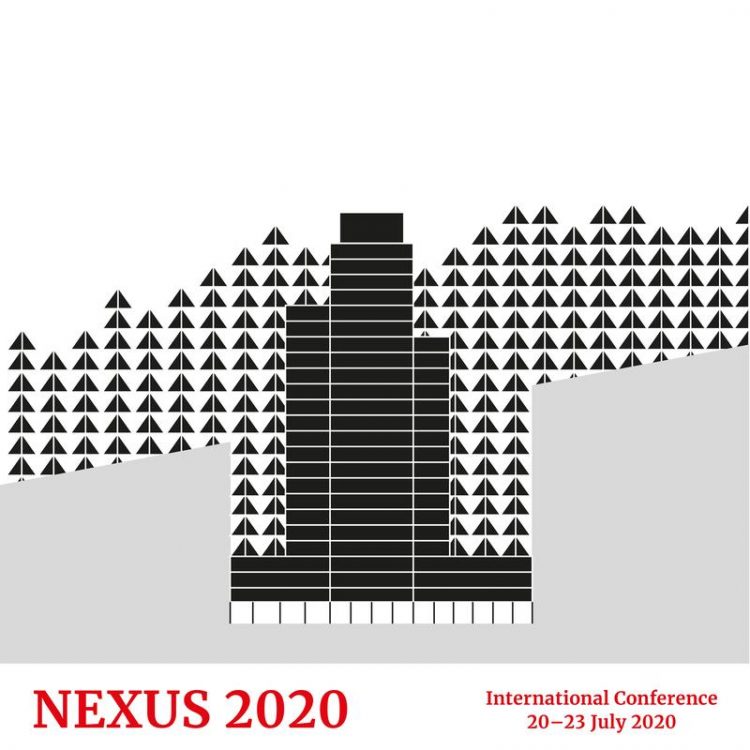NEXUS 2020: Relationships Between Architecture and Mathematics

Nexus Banner
For the first time, fatuk [Faculty of Architecture], TU Kaiserslautern presented in September 2018 the RCA conference, Research Culture in Architecture – International Conference on Cross-Disciplinary Collaboration, which received great success.
The aim of the conference was to stimulate a research culture in architecture, a dialogue across the various fields and disciplines which are relevant for architectural research, in order to discuss the different perspectives on architecture as a whole.
One of the results had been that especially the digital tools lead to digital design thinking in architecture, where mathematics receives an active part of the design development. Mathematics serves as a mediator between the disciplines and as a central element in the integration of external knowledge into the architectural design process.
Architecture is today permeated by computerized methods on different levels from designing, modeling, visualization to fabrication.
Therefore, RCA – FATUK decided to present and host together with Kim Williams Books the Nexus 2020 International Conference with the focus on the relationships between architecture and mathematics.
NEXUS 2020: Relationships Between Architecture and Mathematics will be the thirteenth conference of the NEXUS conference series, following those in 1996 (Fucecchio, Florence, Italy), 1998 (Mantua, Italy), 2000 (Ferrara, Italy), 2002 (Óbidos, Portugal), 2004 (Mexico City), 2006 (Genoa, Italy), 2008 (San Diego, USA), 2010 (Porto, Portugal), 2012 (Milan, Italy), 2014 (Ankara, Turkey), 2016 (San Sebastián – Donostia, Spain) and 2018 (Pisa, Italy).
Abstracts are welcome according the Call for Proposals, published on the website and open until 29 November 2019:
https://nexus2020.architektur.uni-kl.de/
Media Contact
All latest news from the category: Event News
Newest articles

Sea slugs inspire highly stretchable biomedical sensor
USC Viterbi School of Engineering researcher Hangbo Zhao presents findings on highly stretchable and customizable microneedles for application in fields including neuroscience, tissue engineering, and wearable bioelectronics. The revolution in…

Twisting and binding matter waves with photons in a cavity
Precisely measuring the energy states of individual atoms has been a historical challenge for physicists due to atomic recoil. When an atom interacts with a photon, the atom “recoils” in…

Nanotubes, nanoparticles, and antibodies detect tiny amounts of fentanyl
New sensor is six orders of magnitude more sensitive than the next best thing. A research team at Pitt led by Alexander Star, a chemistry professor in the Kenneth P. Dietrich…





















